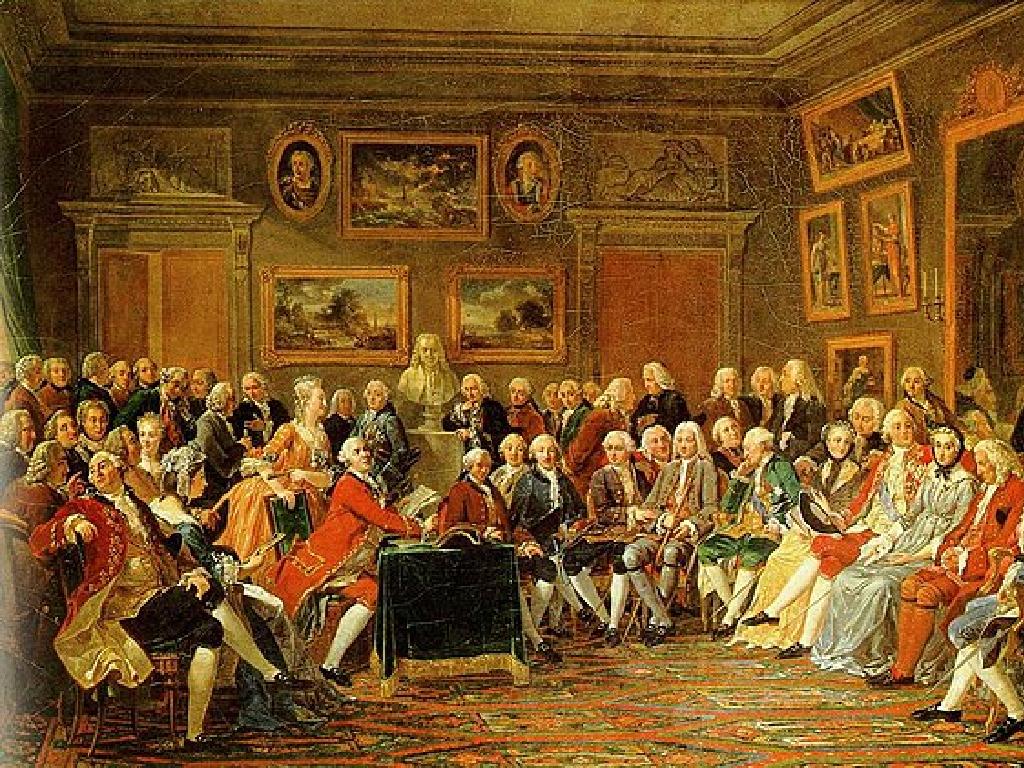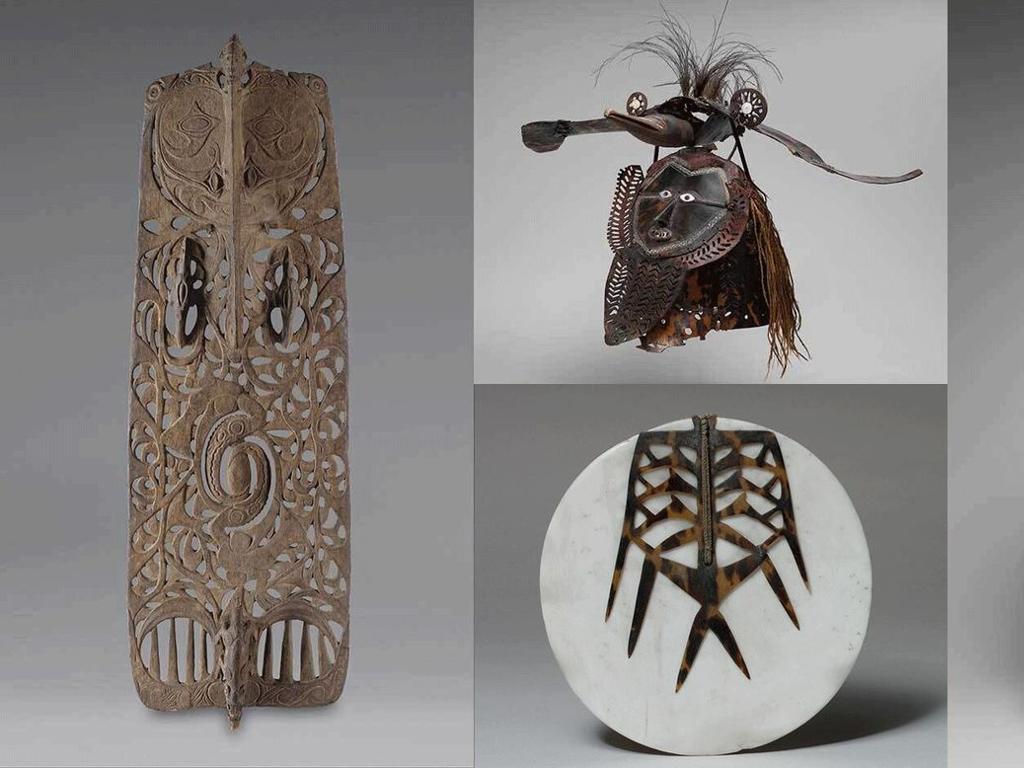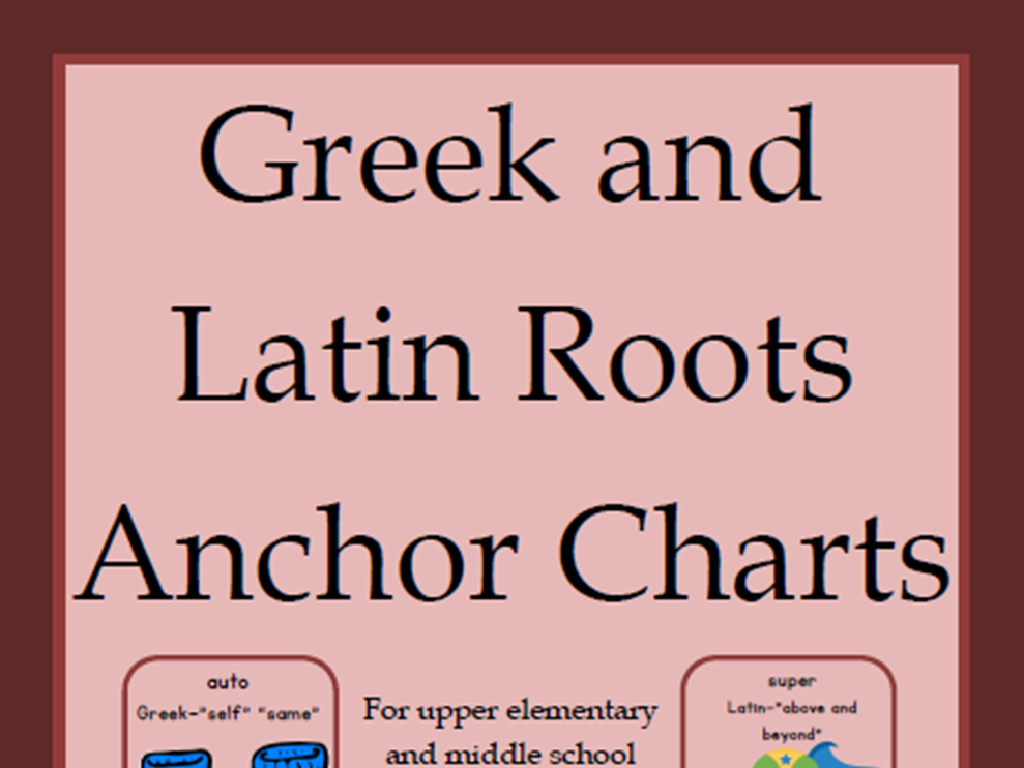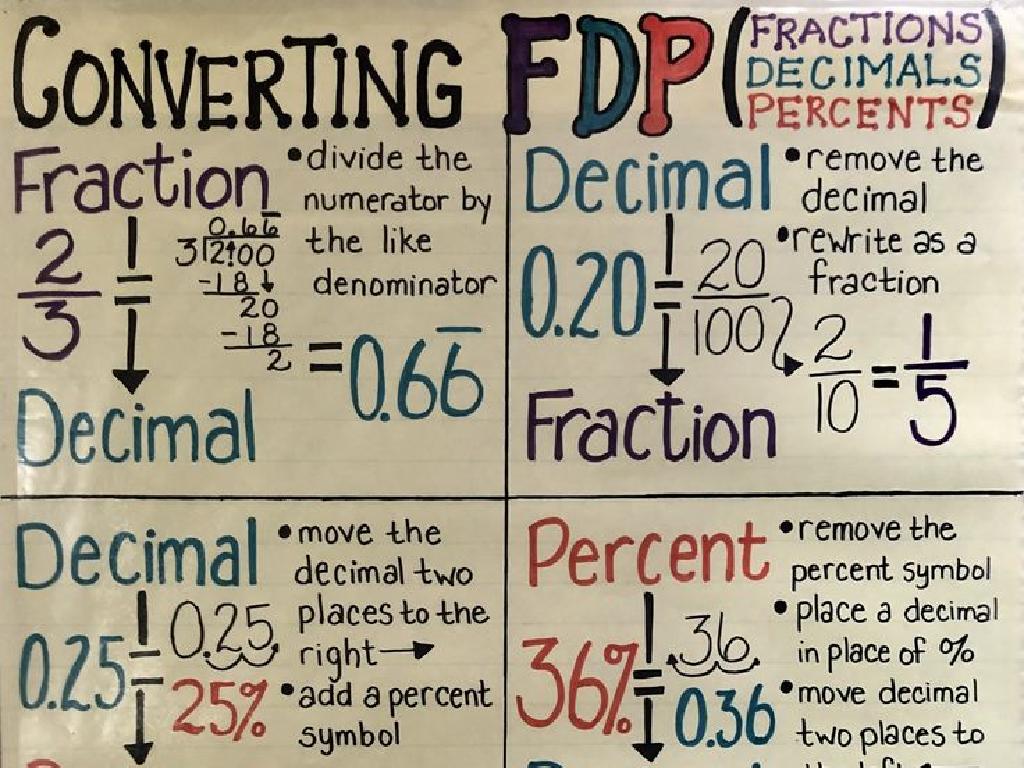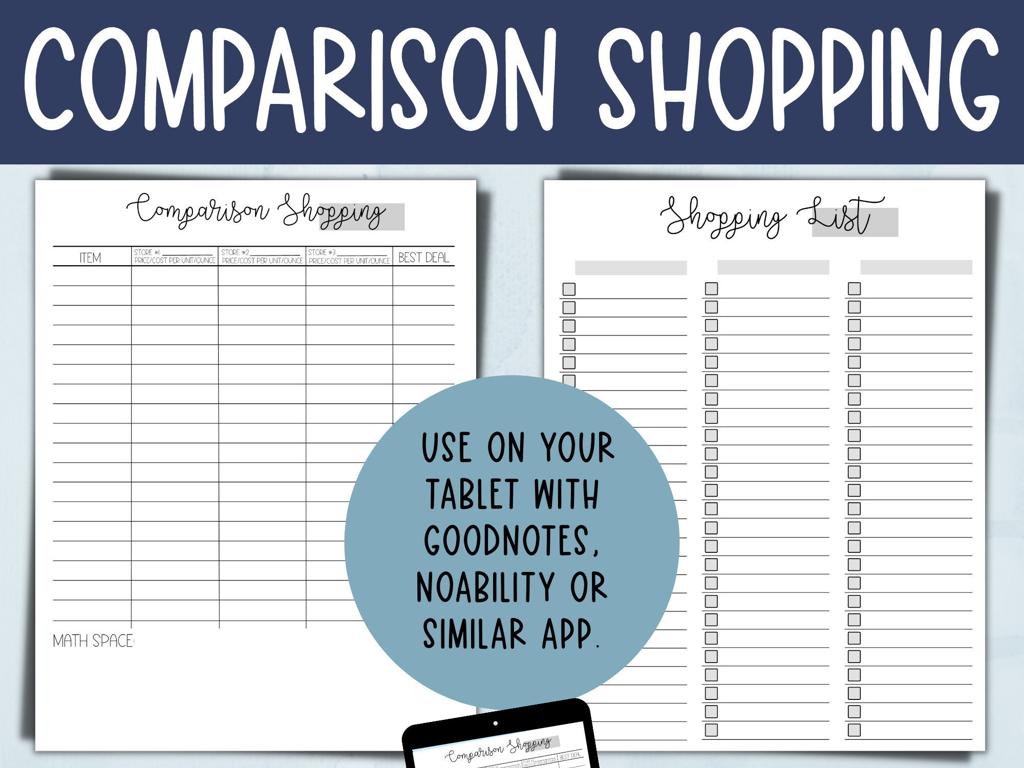Adding 2
Subject: Math
Grade: First grade
Topic: Addition Up To 20
Please LOG IN to download the presentation. Access is available to registered users only.
View More Content
Welcome to Addition!
– Greet the class with enthusiasm
– Today’s focus: Adding 2
– Understand the concept of addition
– Addition combines two amounts into one total
– Practice adding 2 to numbers
– Examples: 1+2=3, 4+2=6, 5+2=7
|
Begin the class with a warm and energetic greeting to set a positive tone for the lesson. Today’s objective is to introduce the students to the concept of adding 2. Explain that addition is a way of putting things together to find out how many there are in total. Use simple and relatable examples to demonstrate adding 2, such as two apples plus two more apples. Encourage the students to participate by asking them to add 2 to different numbers. Provide visual aids like counting blocks or fingers to help them understand. Plan a few interactive activities where students can practice this new skill, such as a counting game or a worksheet with addition problems.
Learning to Add 2
– Understanding addition
– Addition is combining numbers to make a larger number.
– Combining two groups
– Imagine putting two sets of toys together to see how many you have in total.
– Adding with fingers
– You can use your fingers to add 1 + 1 to make 2.
– Using objects or drawings
– Draw pictures or use toys to add numbers like 2 + 2.
|
This slide introduces the concept of addition to first graders. Start by explaining that addition is simply putting numbers together to make a bigger number. Use tangible examples like combining groups of toys to make the concept relatable. Demonstrate how to use fingers to add smaller numbers, which is a practical and visual way for young learners to grasp addition. Also, encourage using objects or drawings to represent numbers being added together, making the abstract concept of addition more concrete. This hands-on approach will help students understand and remember the process of addition.
Learning to Add 2
– Adding 2 makes numbers bigger
– Example: 1 + 2 equals what?
– When we add 2 to 1, we get 3
– Use a number line to add 2
– A number line shows numbers in order, making it easier to see the addition
– Practice with different numbers
– Try adding 2 to other numbers like 4, 5, or 6
|
This slide introduces the concept of addition by adding 2 to various numbers. Start by explaining that addition is a way to make numbers larger. Use simple examples like 1 + 2 to illustrate this point. Introduce the number line as a visual aid to help students understand how numbers increase when we add 2. Encourage the students to use the number line to add 2 to different numbers, reinforcing the concept through repetition. Provide guidance on how to move two spaces to the right on the number line for each addition problem. The goal is for students to become comfortable with the idea of incrementing numbers by 2 and to recognize patterns in addition.
Let’s Practice Together: Adding 2
– Add 2 to different numbers
– Example with apples: 3 + 2
– If you start with 3 apples and get 2 more, now you have 5 apples!
– Use blocks to count and add
– Blocks make it easy to see the addition
– Discover the new total together
|
This slide is designed to be interactive and hands-on for the students. Start by explaining that adding 2 is simply finding out what comes next after a number. Use the example of apples to illustrate this concept in a way that’s relatable to first graders. Then, move on to a physical activity using blocks to help them visualize the process of adding 2. Each student should have a set of blocks to work with. Encourage them to pick a number, add 2 blocks to their existing pile, and then count the total number of blocks to find the answer. This activity will help reinforce their understanding of addition by 2 in a tangible way. Make sure to walk around the classroom to assist and ensure that each student is engaged and comprehending the material.
Adding 2 with a Number Line
– A number line makes addition easy
– Start at a number, hop forward twice
– Imagine hopping like a bunny on the line
– Let’s add 2 to the number 4
– Starting at 4, first hop lands on 5, second on 6
– Where do we land after two hops?
– We land on 6, so 4 + 2 = 6
|
This slide introduces the concept of using a number line to add 2 to any given number. It’s a visual and interactive way for first graders to understand addition. Start by explaining what a number line is and how it can be used as a tool for adding numbers. Demonstrate the process of adding 2 by starting at the number 4 and taking two big hops forward. After each hop, identify the new number you land on. This will help students see that after two hops from 4, they land on 6, showing that 4 plus 2 equals 6. Encourage students to use their fingers to mimic the hopping motion as a physical activity to reinforce the concept.
Adding 2 with Pictures
– Learn to add using drawings
– Draw and add: 5 stars + 2 stars
– Start with 5 stars, then draw 2 more stars
– Count all the stars together
– After drawing, count all stars for the total
– Visualize addition with pictures
– Pictures make adding numbers clear and fun
|
This slide is aimed at helping first graders understand the concept of addition by using visual aids. By drawing pictures, students can concretely see what it means to add two more to a group. Encourage the students to draw five stars and then add two more to visually represent the addition of 2. After drawing, guide them to count all the stars to find the total, which helps reinforce the concept of addition. Using pictures to teach addition is an effective way to make abstract concepts more tangible for young learners. During the activity, walk around the classroom to ensure that each student is correctly drawing and counting the stars. Offer praise and gentle corrections as needed.
Game Time: Add 2 Race!
– Let’s play a game to practice addition
– Roll the dice and then add 2
– If you roll a 4, what number do you get when you add 2?
– Move your piece forward that many spaces
– This helps us practice adding numbers quickly
– First to the finish line wins!
|
This interactive game is designed to help first graders practice the concept of adding 2 in a fun and engaging way. Each student will take turns rolling a dice. Upon rolling, they will add 2 to the number shown on the dice and move their game piece accordingly on the board. This activity not only reinforces their addition skills but also introduces them to the concept of number sequences and counting. The competitive element of racing to the finish line will keep them excited and motivated. For the teacher: Prepare a simple game board with enough spaces for the game, have a dice for each group, and game pieces that can represent the students. Encourage students to help each other and confirm the correct number of spaces to move. This activity can be adapted for different levels by using dice with numbers higher than 6 or by adding more complex rules as the students become more comfortable with addition.
Class Activity: Adding 2 with Friends
– Pair up with a classmate
– Take turns with flashcards
– Add 2 to the number shown
– If you see 4, say 4+2=6
– Help each other out
– Work as a team to learn
|
This interactive class activity is designed to help first graders practice addition by adding 2 to numbers up to 18. Students will work in pairs, fostering a collaborative learning environment. Each pair will have a set of flashcards with numbers on them. One student shows a card to their partner, who then adds 2 to the number and says the answer out loud. They take turns with this role. The teacher should circulate the room to assist as needed and ensure that students are engaged and understanding the concept. Possible variations of the activity could include using objects to count, drawing the addition on paper, or using a number line. The goal is to build confidence in basic addition skills through repetition and peer support.
Review Time: Adding 2
– Recap: What is adding 2?
– Adding 2 means counting two more from any number.
– Understanding the usefulness of adding 2
– It helps us count faster and understand patterns.
– Example: Adding 2 to 7
– 7 + 2 equals 9. It’s like taking two steps forward from 7.
– Class participation encouraged
|
This slide is meant to review and reinforce the concept of adding 2, which we’ve learned in today’s class. Start by asking the students to recall what it means to add 2 to a number. Discuss why this skill is important, such as making quick calculations and understanding numerical patterns. Use the example of adding 2 to the number 7 to visually demonstrate the concept. Encourage students to participate by asking them to come to the board and show how they would add 2 to different numbers. This interactive recap can help solidify their understanding and make them comfortable with basic addition.
Great Work on Adding 2!
– Congratulations on today’s learning
– Homework: ‘Adding 2’ worksheet
– Practice adding 2 to numbers up to 18
– Complete worksheet for review
– Try your best to solve each problem
– Bring it tomorrow for discussion
|
This slide serves as a conclusion to the lesson on adding 2, providing positive reinforcement for the students’ efforts. The homework assignment is to complete a worksheet that focuses on the concept of adding 2 to various numbers up to 18. This will help reinforce the day’s learning and give students the practice they need to solidify their understanding. Encourage students to attempt all problems and remind them that we will review the worksheet together in class the next day, providing an opportunity for collaborative learning and addressing any questions they may have.

